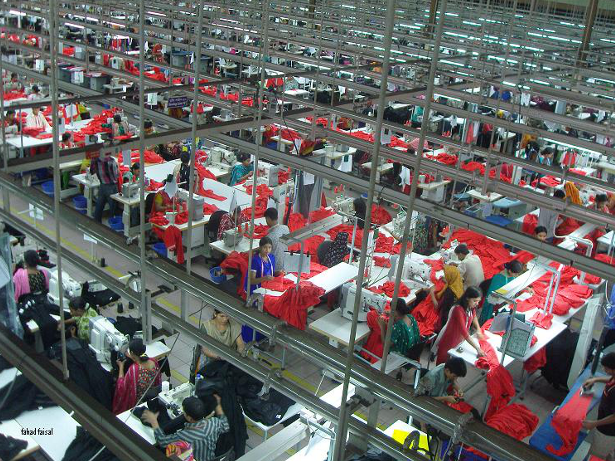|
Women hit hard by COVID-19 impact on garment sector
The impact of COVID-19 on women in the garment industry has worsened due to underlying challenges including discrimination and harassment, underrepresentation of women’s voice, wage gaps as well as unevenly shared unpaid care and family obligations according to a new brief from the International Labour Organization (ILO).
Entitled Gendered impacts of COVID-19 on the garment sector the brief aims to raise awareness of the gendered reality of COVID-19 and to outline how the pandemic impacts women and men workers in the garment sector.
“Women account for approximately 80 per cent of the garment sector workforce, so they are heavily affected to start with by many of the impacts of the COVID-19 pandemic. However, women also experience additional impacts due to the existing challenges they face in the workplace as well as expectations regarding women’s obligations in the home,” says Joni Simpson, Senior Gender Specialist for the ILO’s Regional Office for Asia and the Pacific.
Recent ILO research highlighted how major buying countries’ imports from garment-exporting countries in Asia had dropped by up to 70 per cent in the first half of 2020, due to COVID-19. This has led to a sharp increase in worker layoffs and dismissals while factories that have reopened are often operating at reduced workforce capacity. The Asia-Pacific region employed an estimated 65 million garment sector workers in 2019, accounting for 75 per cent of all garment workers worldwide.
The brief highlights short, medium, and long-term impacts of the crisis on women workers. It also includes a series of recommendations to help build a more just and resilient industry and greater gender equality.
Recommendations include greater focus on retrenchment and closure practices as well as addressing women’s disproportionate unpaid care obligations so they can return to work as factories resume operations. Efforts to address the COVID-19 pandemic should account for the unique ways that women and men may encounter the effects of the coronavirus at work, at home and in their communities. The importance of strengthening efforts to combat violence and harassment in the workplace is highlighted, in view of emerging data showing that COVID-19 has increased the risks of gender-based violence. In addition, the need to ensure women’s voice, representation and leadership in dialogue and decision-making is also seen as key to ensuring a full and fair recovery from the pandemic.
“It is crucial that governments, businesses and other stakeholders understand the multi-dimensional impacts of the COVID-19 pandemic on both women and men workers, and design policies that enable a smart, sustainable and gender-responsive recovery. Otherwise, the COVID-19 crisis threatens to exacerbate pre-existing inequalities and will hamper the social and economic sustainability of the garment sector,” said Jessica Wan, Better Work Gender Specialist.
|







